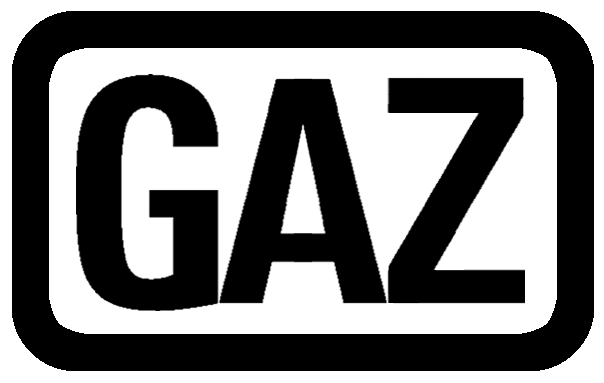Evolutionary Branding: How To Create A Slogan That Sells
As a branding agency, my company is frequently called upon to create names for companies and products. We just as often create slogans and taglines — those short, catchy phrases that are often connected to the name.
While the purpose of a great name is so people remember you, slogans and taglines are the workhorses of the branding world, and their purpose is to sell. In a perfect world, we like the slogans and taglines to encapsulate your value proposition: what you do differently and better than your competition.
An effective name must be compact yet loaded with a lot of potential meaning in a small space. It has to be immediately digestible by the reader and different from the competition, and nothing extra can be attached to it. There are some industry rules in play (though not as many as you’d think), especially for online-intensive names, and no name is expected to describe everything about the corporation or product it represents.
Slogan and taglines, by comparison, can have almost any format. They can be longer, more complex or very short and telegraphic. They can be humorous or descriptive of complex qualities or benefits — or they may be very suggestive and abstract.
This means that when you are creating your slogan and tagline, you have an immense amount of elbow room — that is, there are so many more possibilities for the construction, format and style. You have a huge amount of freedom in the creation phase.
Whereas a product or corporate name has a few, very specific jobs it needs to perform very well, taglines can serve a variety of business purposes, and those may change over time. They may last for just a season, or even highlight a specific day — or a tagline may last for decades if it delivers on its potential very well.
Many taglines have, over time, become as distinctive and identifiable as their overall brand or name. The public can still recognize and recall taglines that were replaced decades ago. And why not? They become as familiar as a favorite song from one’s youth. For example, can you identify these products or companies by their taglines?
• Just do it.
Seeing these short phrases probably put all three of these companies’ names in your mind.
Before you start working on your slogan and tagline, remember that they are your marketing workhorses, so think about what you want them to do. We like to say think about your “shameless goal” — usually something to do with money (which is why we use the word “shameless”).
Now, companies need taglines to do different things at different times. A company that has a very new kind of product offering, for example, may need the tagline to do some of the heavy lifting of introducing a new concept to the public. And sometimes, a tagline can balance out elements that are missing in a name — that is, if the name is not at all descriptive, the tagline may spell out the offering with more reference to benefits or features.
For example, Uber’s original tagline was “Everyone’s private driver.” That short, punchy promise was a good, compact visualization of what the company delivers. Uber itself is a great, short, memorable name, but it doesn’t tell us anything about what the company does. Once its business model became more familiar to most consumers, the company updated to a tagline that made a more emotional appeal for the use of its on-call private taxi service: “Get there. Your day belongs to you.”
While it was a little longer and unusual in that it comprised two actual sentences, the latter tagline made a benefit-driven, emotional argument with the potential customer, who may have been on the fence about whether to try the service or not. But it assumed, at that point, that people knew what Uber does.
So to create an effective tagline, we like to assess whether the overarching brand may need some descriptive support, perhaps associated with differentiating features. Your brand may be well established, but you want to make an adjustment to your promise or what you emphasize in your marketing.
Of course, the best taglines will perform multiple tasks. For example, in 2015, Lyft seemed to be aiming for a casual, peer-to-peer feel of fun and simplicity. One of its taglines was “Driving you happy.” That one gets the key service across — driving you — and adds a light-hearted, branded twist (with “happy” in the place of the expected word “crazy”).
Lastly, when creating taglines and slogans, we review the criteria and objectives for the client at that moment and then create a wide variety of suggestions for getting there from where they currently are.
If a tagline does a fantastic job, it may last forever. Or a company may try a different one every six months for years, constantly stimulating their followers with evolving ideas and approaches. In the end, it’s all about the data, so we test often and double down on what works.
It’s our job as creators to provide the client with the widest range of flavors, styles and content, within the parameters of the task at hand. Mark Gunnion, our naming and tagline specialist, looks at slogans and taglines as an opportunity to really stretch out and indulge in the luxury of using four, five or even six whole words to make a point. So the most important thing to do is to have fun with it.
Read More at: www.forbes.com




